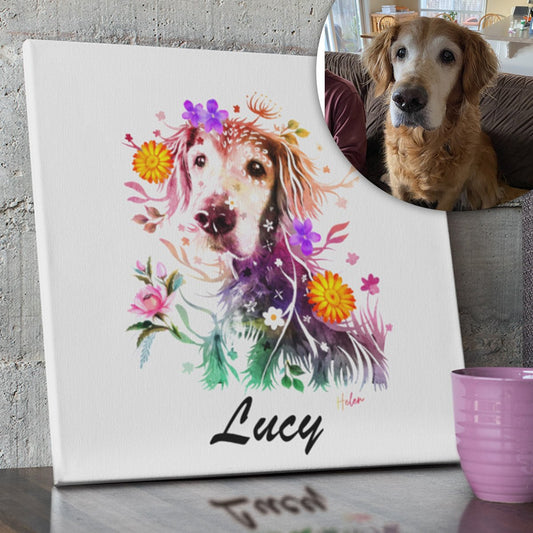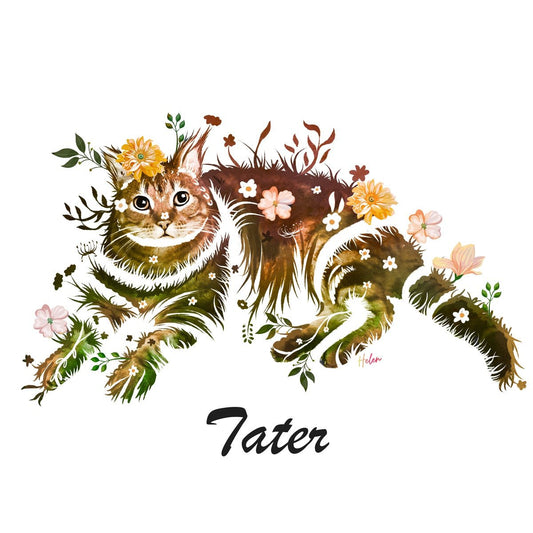Welcome, furry friends and pet parents alike! As much as we love our pets, it's easy to forget that they need a balanced diet just like humans do. In recent years, many pet owners have turned towards raw and natural diets as a way to promote health and longevity in their furry companions. If you're curious about the benefits of feeding your pets wholesome meals straight from nature, then buckle up because we're about to dig into all the juicy details. From increased energy levels to shiny coats – you won't want to miss this discussion on how embracing raw and natural diets can lead to happier pets!
The Benefits of Raw and Natural Diets for Pets
As a pet owner, you want what’s best for your furry friend. A raw and natural diet is one of the healthiest ways to achieve this. Here are some of the benefits:
1. Raw and natural diets are closer to what our pets’ ancestors ate.
2. These diets are nutrient-rich and packed with enzymes, vitamins, and minerals that are essential for good health.
3. Raw and natural diets promote healthy skin and coat by providing high-quality protein and fats.
4. These diets can help reduce or eliminate many common problems such as allergies, digestive issues, obesity, and joint pain.
5. Raw and natural diets give pets more energy and vitality.
6. Pets on raw and natural diets tend to live longer, healthier lives overall.
Understanding Raw Feeding: BARF Diet vs. Prey Model Diet
There are a variety of raw food diets for pets on the market today. Two of the most popular are the BARF (Biologically Appropriate Raw Food) diet and the Prey Model diet. Both of these diets have their pros and cons, and it's important to do your research to decide which one is right for your pet.
The BARF diet is based on the premise that dogs and cats are carnivores and should therefore eat a diet that consists mostly of meat. This diet includes raw meat, bones, organs, and vegetables. Proponents of this diet believe that it is closest to what our pets' ancestors ate, and that it provides all the nutrients they need for optimum health.
The Prey Model diet is similar to the BARF diet in that it also consists mostly of meat. However, this diet goes a step further and mimics what our pets would eat if they were in the wild. This means that whole prey animals (mice, rats, chickens, etc.) are fed to our pets, along with some organs and bone marrow. This diet is thought to be even more nutritious than the BARF diet because it contains all of the nutrients that our pets would get from an animal in its natural state.
Both of these diets have their pros and cons, so it's important to do your research before deciding which one is right for your pet. If you're looking for a nutritious diet that closely mimics what our pets' ancestors
Transitioning Your Pet to a Raw and Natural Diet
There are many health benefits to transitioning your pet to a raw and natural diet. Raw and natural diets help improve digestion, reduce allergies, and increase energy levels. They can also help alleviate joint pain, improve skin and coat health, and boost the immune system.
The best way to transition your pet to a raw and natural diet is to start slowly. Begin by adding a small amount of raw ornatural food to your pet's regular diet. Slowly increase the amount of raw or natural food over time while reducing the amount of regular food. It is important to make sure your pet is getting enough calories and nutrients during the transition period. Consulting with a veterinarian or pet nutritionist can help ensure a smooth transition for your pet.
Sourcing High-Quality, Ethically-Raised Ingredients
As a pet owner, you want to give your furry friend the best of the best. When it comes to their diet, that means sourcing high-quality, ethically-raised ingredients.
There are a lot of options out there when it comes to commercial pet food, and it can be hard to know which products are truly wholesome and nutritious. Do your research and look for brands that use humanely raised meats and sustainable farming practices.
The quality of your pet's food is important, but so is where those ingredients come from. Make sure you're supporting companies that treat their animals well and have ethical sourcing practices. Your pet deserves the best of the best, so give them a diet that reflects that!
Tips for Creating Balanced, Nutrient-Rich Raw Meals
1. Start with a high-quality protein source as the foundation of your meal. This could be raw, grass-fed beef, chicken, turkey, lamb, fish, or game meat.
2. Add in some healthy fats for essential nutrients and energy. Good options include coconut oil, olive oil, salmon oil, and flaxseed oil.
3. Incorporate a variety of nutrient-rich vegetables and fruits into your pet's diet. Some great choices are leafy greens, carrots, sweet potatoes, apples, and berries.
4. Consider adding in some fermented foods for added digestive health benefits. Raw goat's milk or kefir is a great option!
5. Make sure to balance out the meal with proper calcium levels by including bone broth or crushed eggshells into the mix.
Addressing Common Concerns and Myths about Raw Diets
There are many common concerns and myths about raw diets for pets. Here, we will address some of the most common concerns and dispel any myths.
Concern: Raw diets are too expensive.
Myth: Raw diets are actually very affordable, especially when you consider the long-term health benefits they provide. When feeding your pet a raw diet, you are investing in their health and well-being.
Concern: It is too difficult to transition my pet to a raw diet.
Myth: The transition to a raw diet can actually be quite easy, as long as you take it slowly and do your research beforehand. There are plenty of resources available to help make the transition as smooth as possible for both you and your pet.
Concern: I am worried about bacteria and parasites in raw meat.
Myth: If you source your meat from a reputable butcher or farmer, there is no need to worry about bacteria or parasites. You can also cook the meat before feeding it to your pet if you are concerned about bacteria. However, cooking the meat will destroy some of the nutrients that make raw diets so beneficial for pets.
Success Stories: Real-Life Experiences with Raw and Natural Diets
There are so many success stories of pets thriving on raw and natural diets. Just do a quick search online and you'll find plenty of heartwarming tales of once sickly animals becoming vibrant and healthy after making the switch to a raw diet.
One such story is that of Milo, a German Shepherd mix who was always scratching himself and had chronic ear infections. His owner tried everything to help him, but nothing worked – until she switched him to a raw diet. Within weeks, Milo's skin and ears cleared up and he hasn't had any problems since.
Another great example is Jasper, a rescue cat who was very thin and always seemed to be hungry, no matter how much he ate. After his new owner put him on a raw diet, Jasper filled out nicely and now looks like a totally different – and very healthy – cat.
These are just two of the many success stories out there about pets who have been helped by raw and natural diets. If you're thinking about making the switch for your pet, know that you're not alone – and that there's a good chance your pet will end up healthier and happier as a result.





